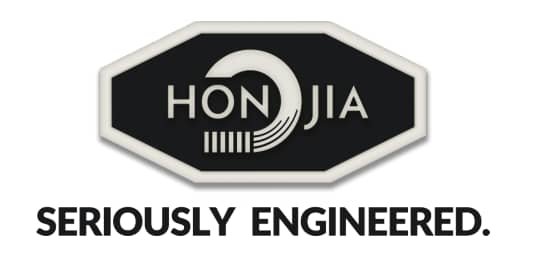In metal processing and coil handling, two common methods for transforming large metal coils into usable sheets or strips are cut-to-length (CTL) lines and slitting lines. While both processes involve cutting metal, they serve different purposes and are used in varying applications. Understanding their differences and optimal use cases can help manufacturers choose the right method for their needs.
What is a Cut-to-Length (CTL) Line?
A cut-to-length (CTL) line is a processing system that unrolls a metal coil and cuts it into flat sheets of predetermined lengths. This method is ideal for producing large, rectangular sheets used in industries like automotive, construction, and appliance manufacturing.
Key Features of CTL Lines:
- Straight-line cutting for precise sheet lengths
- High-speed shearing for efficiency
- Handles thicker materials (e.g., steel, aluminum)
- Produces flat, stackable sheets
When to Use a CTL Line?
- Manufacturing automotive panels
- Producing construction materials (roofing, siding)
- Creating appliance parts (refrigerator doors, washing machine panels)
What is a Slitting Line?
A slitting line processes metal coils by cutting them longitudinally (lengthwise) into narrower strips. This method is used when multiple narrow coils or strips are needed from a single wider coil.
Key Features of Slitting Lines:
- Rotary knives or circular blades for precision slitting
- Produces multiple narrow strips in one pass
- Ideal for thinner materials (e.g., stainless steel, copper)
- Used for creating edge-trimmed coils
When to Use a Slitting Line?
- Producing metal strips for HVAC ducts
- Manufacturing electrical components (busbars, transformer laminations)
- Creating narrow coils for further processing in stamping or roll forming
Key Differences Between CTL and Slitting Lines
| Feature | Cut-to-Length (CTL) Line | Slitting Line |
| Cutting Method | Cross-cutting (shearing) | Longitudinal (rotary slitting) |
| Output | Flat sheets | Narrow coils/strips |
| Material Thickness | Thicker metals | Thinner metals |
| Primary Use | Sheet metal production | Coil processing for further fabrication |
Which One Should You Choose?
- Use a CTL line if you need flat, finished sheets of specific lengths.
- Use a slitting line if you require multiple narrow strips from a wider coil for further processing.
Conclusion
Both cut-to-length and slitting lines play crucial roles in metal fabrication, but their applications differ significantly. By understanding their functions, manufacturers can optimize production efficiency and reduce material waste. Choosing the right method depends on the desired end product—whether it’s flat sheets (CTL) or narrow coils (slitting).
For industries dealing with metal processing, investing in the appropriate cutting technology ensures higher precision, cost savings, and improved workflow.





A WordPress Commenter
Hi, this is a comment.
To get started with moderating, editing, and deleting comments, please visit the Comments screen in the dashboard.
Commenter avatars come from Gravatar.